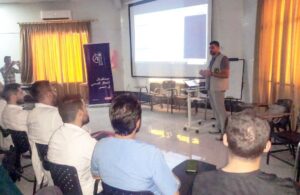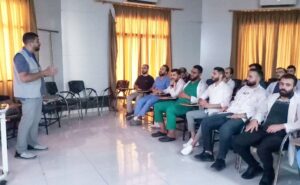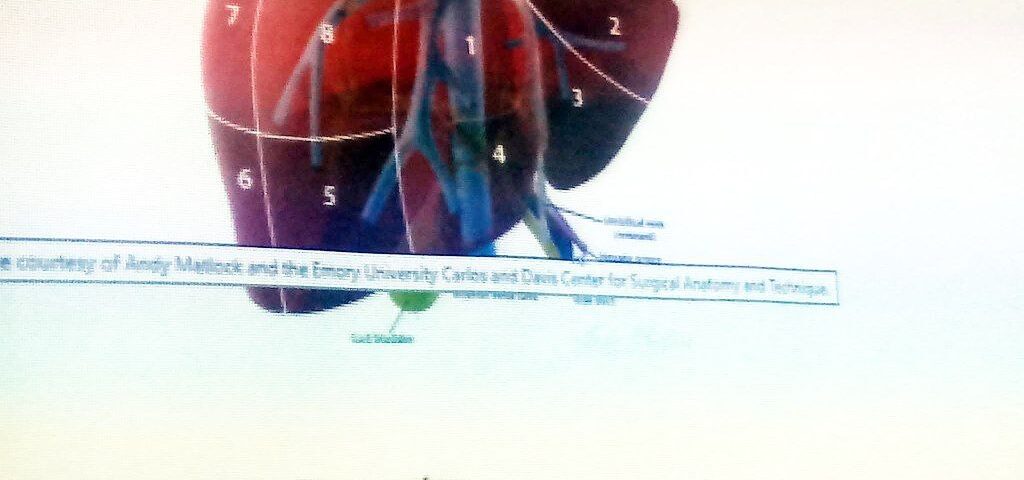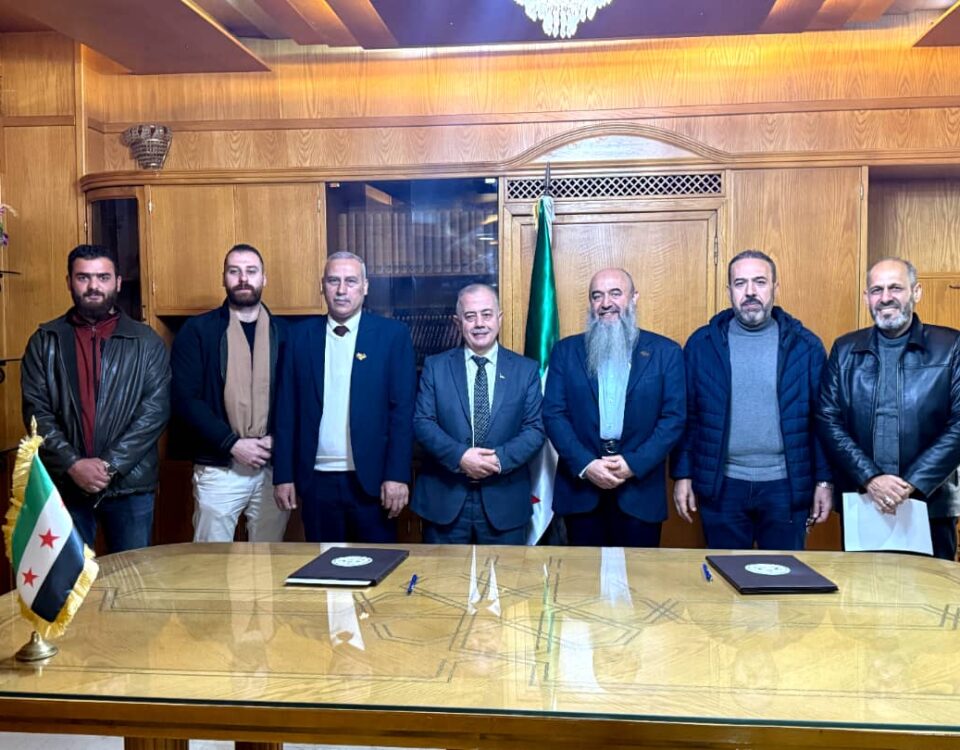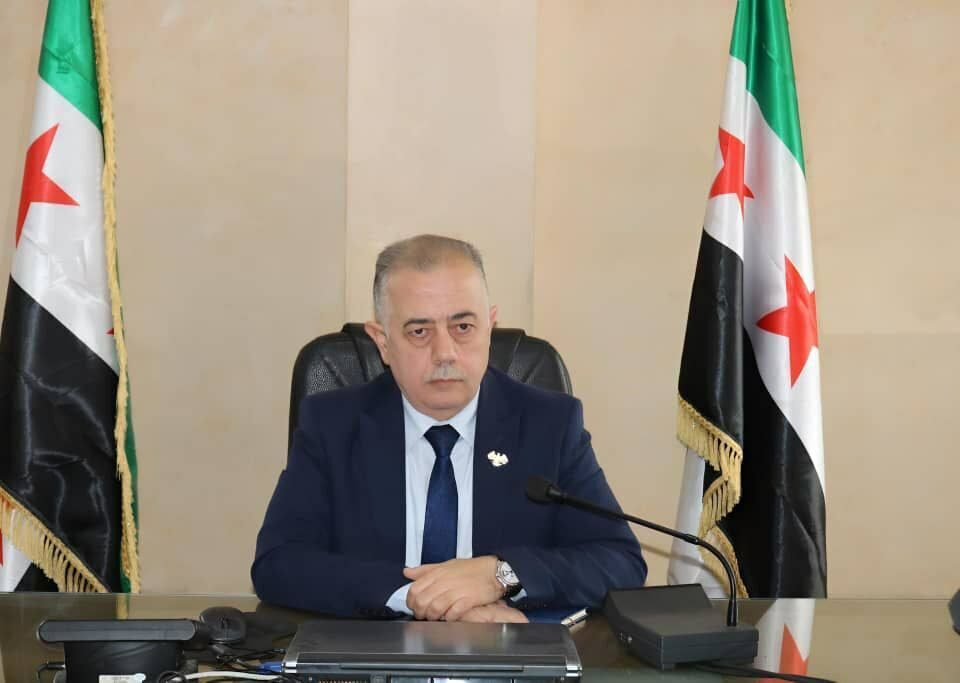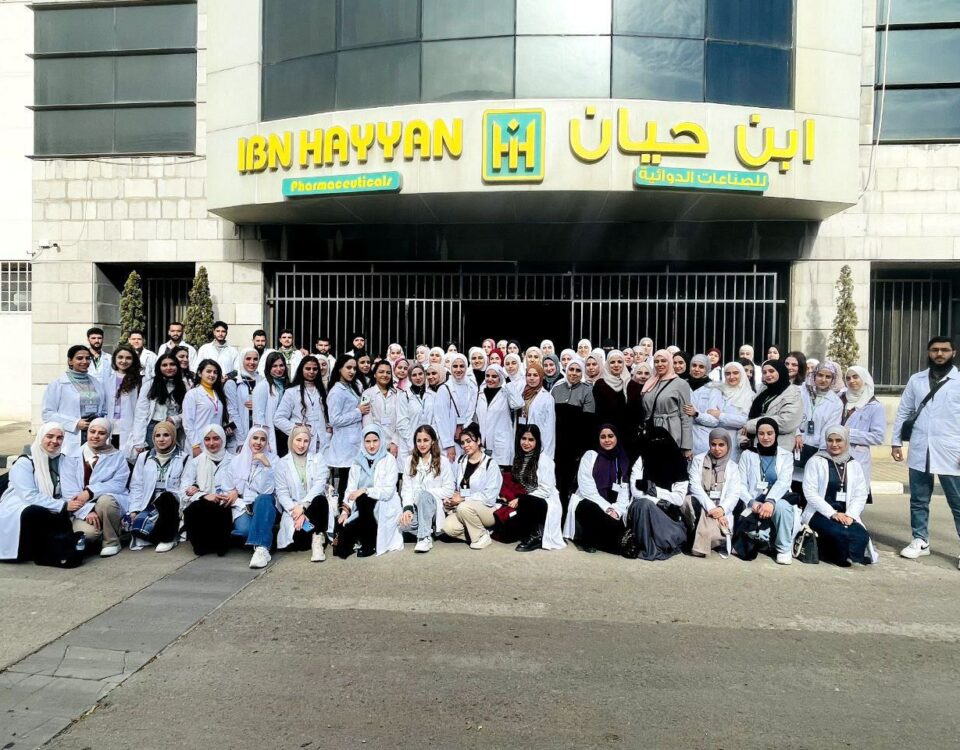As part of the “Homs Recovery” initiative, which aims to support the health sector and qualify the medical personnel in the recovering areas, Homs University Hospital, in cooperation with MedGlobal and the Homs Doctors Syndicate, organized a specialized scientific lecture entitled “Liver Trauma: Assessment and Therapeutic Management” . The lecture was delivered by Dr. Imad Al-Kishi, a visiting physician from the United States.
The lecture was aimed at resident general and visceral surgeons and focused on contemporary principles in managing liver injuries, particularly complex associated with additional injuries.
Dr. Al-Kashi reviewed the latest methods for controlling hepatic hemorrhage and the options of surgical intervention within local clinical possibilities. He noted that approximately 85% of traumatic liver injuries can be treated without surgery, unless accompanied by unstable bleeding or severe damage. He also emphasized the importance of integrated clinical evaluation and understanding of radiological anatomy to make the most appropriate treatment decision, emphasizing the liver’s high capacity for regeneration after injury.
For his part, the Director of Homs University Hospital, Dr. Samih Khalouf, has explained that the lectures are part of the hospital’s efforts to enhance the quality of clinical medical education and develop the skills of resident physicians by learning about international expertise and evidence-based practices. In addition, he has noted that the hospital is making steady progress toward consolidating its role as an applied academic institution that combines healthcare and continuing education, and constitutes an effective scientific platform during the recovery phase and the rebuilding of the national health system.
MedGlobal’s coordinator in Homs, Ms. Hala Kseibi, has confirmed that the organization seeks to support the local health sector by qualifying staff, providing quality equipment, and connecting Syrian doctors abroad to the medical community inside Syria through ongoing scientific activities.
This lecture is part of the hospital’s plan to enhance the medical education and training system and increasing the efficiency of healthcare personnel, which will positively impact the quality of services provided to patients.

